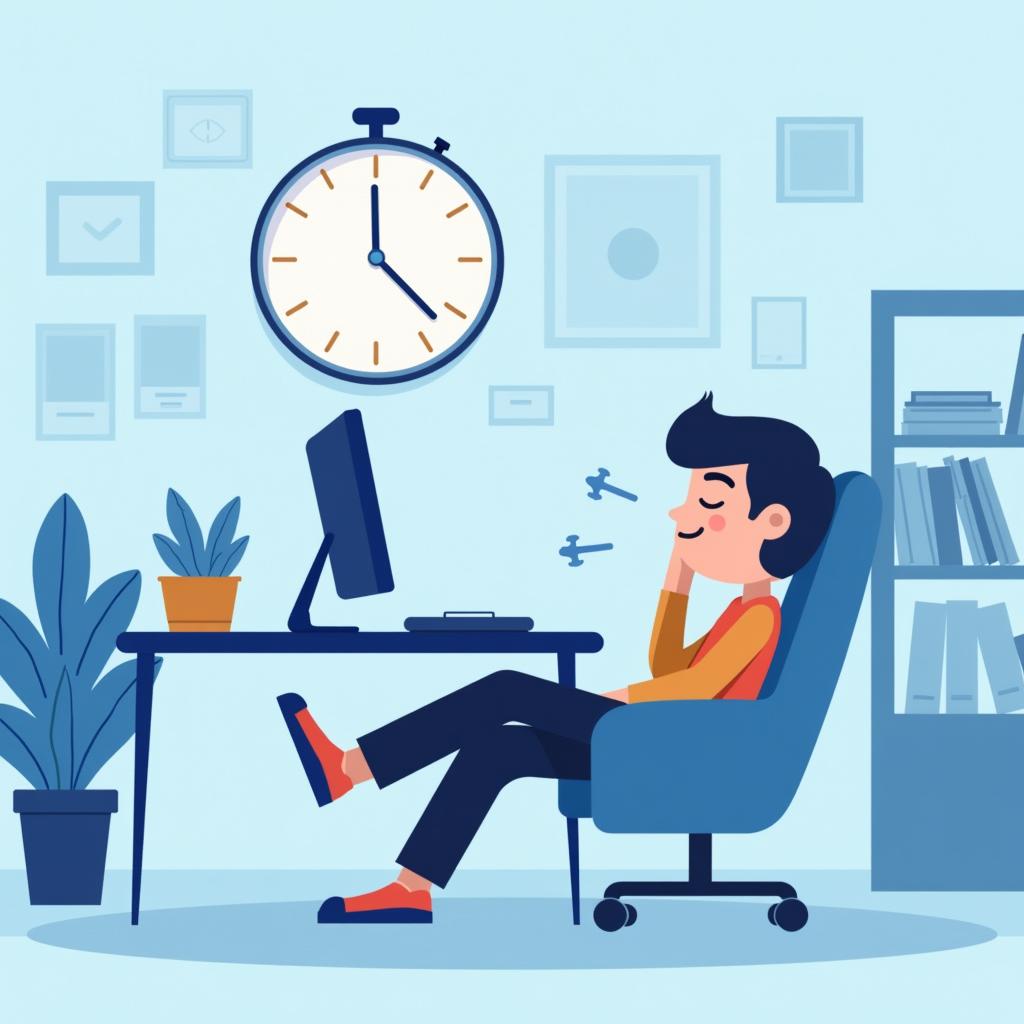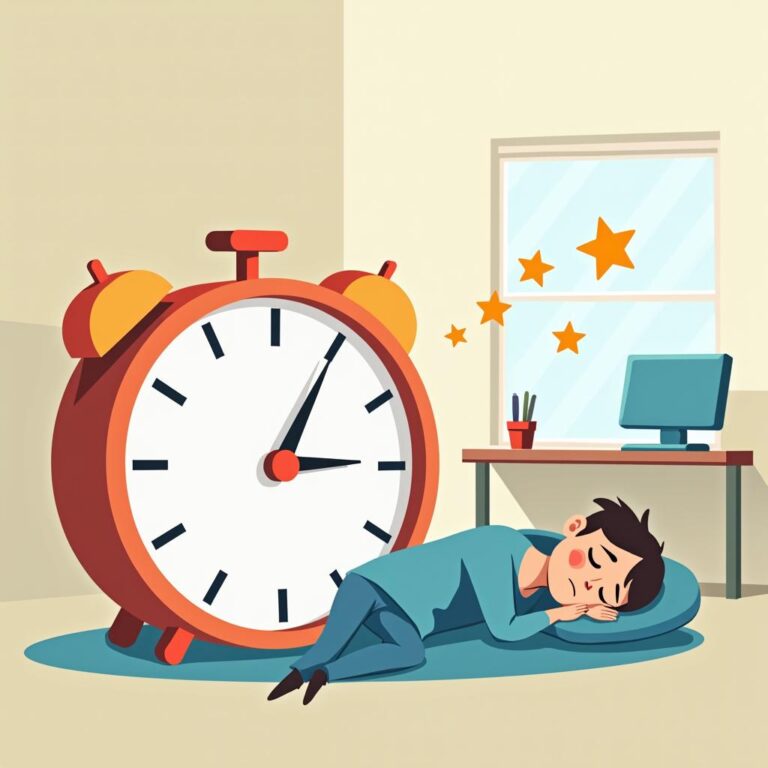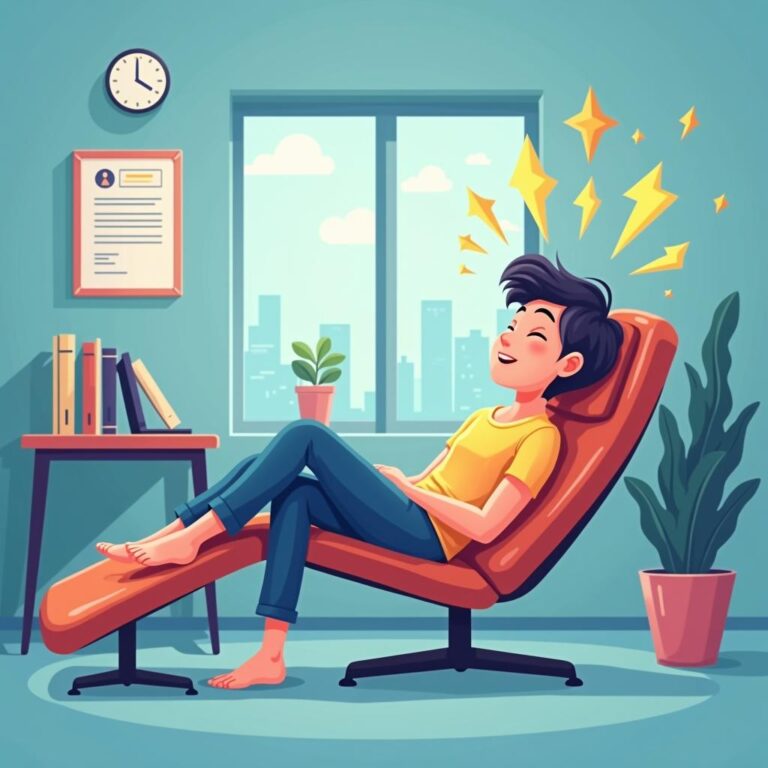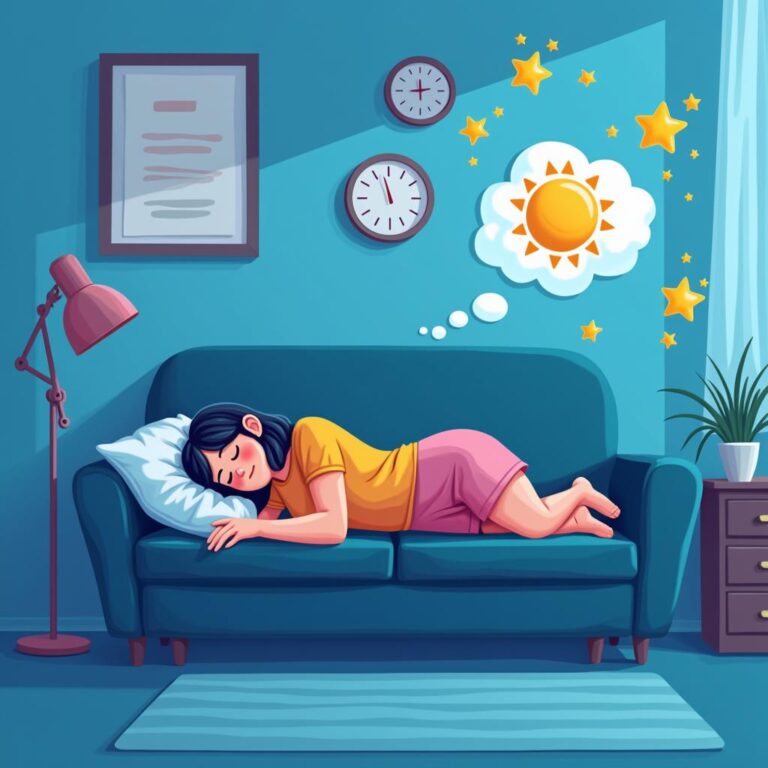In today’s fast-paced work environment, busy professionals often face overwhelming schedules, long hours, and the constant pressure to perform. As a result, maintaining optimal productivity can be a challenge. One effective way to boost energy and improve focus is through power napping. In this article, we’ll explore essential power nap tips for busy professionals that will help you recharge without sacrificing your productivity.
Understanding the Benefits of Power Naps
Before diving into the specifics, it’s important to understand why power naps can be a game changer for busy professionals. A power nap is typically short, lasting from 10 to 30 minutes. Here are some benefits:
- Increased Alertness: A quick nap can help reinvigorate your mind, leading to improved attention and focus.
- Enhanced Learning: Napping can foster memory consolidation, making it easier to retain and process new information.
- Reduced Stress: A brief period of rest allows your body to relax, which reduces stress levels and can enhance overall mood.
- Improved Performance: Studies have shown that a short nap can improve task performance, making you more effective in your work.
Timing Your Power Nap
Timing is crucial when it comes to achieving the maximum benefits from a power nap. Here are some tips on when and how long to nap:
1. Keep It Short
The ideal power nap duration is between 10 to 20 minutes. This timeframe prevents you from entering deeper sleep stages, which can leave you feeling groggy upon waking.
2. Choose the Right Time
The best time to take a power nap is usually in the early afternoon, around 1 p.m. to 3 p.m. This timeframe aligns with the natural dip in circadian rhythms, making it a perfect opportunity to recharge.
Creating a Conducive Environment
Your napping environment can significantly affect the quality of your rest. Here are essential elements to consider:
1. Find a Quiet Space
Look for a quiet, comfortable area where you can relax without interruptions. If you’re in the office, consider using a conference room, or find a cozy corner with minimal foot traffic.
2. Control the Light
Bright lighting can disrupt your ability to fall asleep. Use an eye mask or close the blinds to create a darker environment that promotes relaxation.
3. Manage Temperature
Comfortable room temperature is key for a successful nap. If the room is too hot or too cold, it may become difficult to relax. Aim for a cool setting (about 65°F or 18°C) to help you drift off.
4. Use Relaxing Sounds
Soft background noise can help you relax and fall asleep more easily. Consider using a white noise machine or listening to calming music or nature sounds.
Techniques for Falling Asleep Quickly
For busy professionals, time is of the essence, and falling asleep quickly is essential for maximizing a power nap. Here are some techniques to help:
1. Deep Breathing
Engage in deep breathing exercises to calm your mind and body. Inhale deeply through your nose for a count of four, hold for four, and exhale for a count of four. Repeat this several times to help you relax and drift off.
2. Progressive Muscle Relaxation
This technique involves tensing each muscle group for a few seconds, then relaxing them. Start from your toes and work your way up to your head, helping to release tension and prepare your body for sleep.
3. Visualization
Picture a calm and peaceful scene in your mind, such as a quiet beach or a serene forest. This mental imagery can facilitate relaxation and make it easier to fall asleep quickly.
Post-Nap Routine
Waking up from a power nap can sometimes leave you feeling disoriented if not done properly. Here are tips for easing into your post-nap activities:
1. Give Yourself Time
After waking, take a moment to adjust. Sitting up slowly and stretching can help you shake off any grogginess and prepare for the rest of your workday.
2. Stay Hydrated
Drink a glass of water after your nap to rehydrate. Dehydration can exacerbate feelings of tiredness, and staying hydrated will help keep your energy levels high.
3. Avoid Caffeine Immediately
While it may be tempting to grab a coffee right after your nap, consider waiting about 30 minutes. This will allow your body to fully awaken before turning to caffeine, which can lead to better focus.
Incorporating Power Naps into Your Schedule
To truly benefit from power naps, it’s essential to integrate them into your daily schedule. Here are some ideas:
1. Make it a Habit
Try to schedule your power naps for the same time each day. Consistency will train your body to expect rest and help you fall asleep more easily.
2. Set Reminders
Use your phone or a reminder application to prompt you when it’s time for a nap. This will ensure you don’t skip this valuable time for relaxation.
3. Communicate with Colleagues
Let your colleagues know about your power nap routine, so they can respect your time and avoid interruptions during your scheduled rest period.
Final Thoughts
For busy professionals, power naps can serve as a rejuvenating tool to enhance productivity and mental clarity. By integrating these essential power nap tips into your daily routine, you can effectively manage your energy levels, reduce stress, and perform at your best. Remember, taking time to recharge is not a luxury—it’s a necessity for sustaining performance in today’s demanding work environment.
With the right approach, power napping can transform the way you work and contribute positively to your well-being. Start incorporating these tips today, and discover the benefits of this simple yet effective technique!







